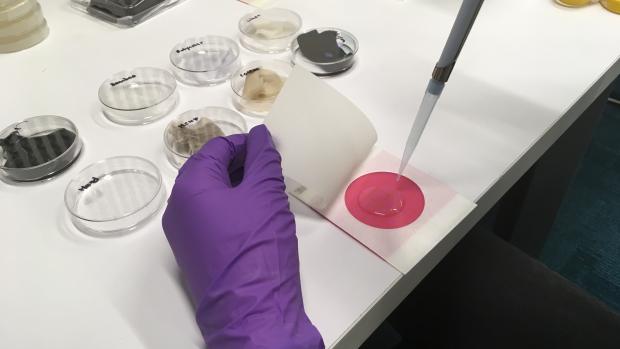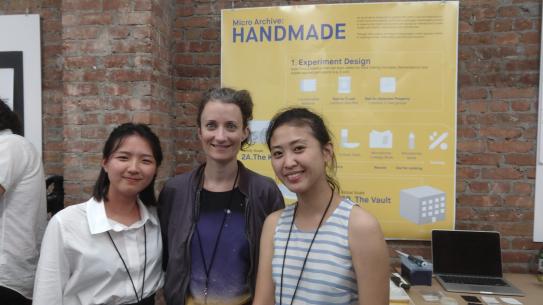IDM students explore the possibilities of biodesign

IDM students created a project dubbed “Micro Archive Handmade,” which is an archival system that explores the socio-cultural implications of the hand microbiome
Humans have been harnessing and reshaping living things for their own purposes for millennia, but recent advances in genetic engineering and synthetic biology have led to entirely new frontiers in biodesign — with its practitioners finding new ways to improve our lives and the planet efficiently (since living systems can grow and multiply with little energy) and sustainably.
This year students of Assistant Professor of Technology, Culture and Society Elizabeth Hénaff once again had a chance to participate in the annual Biodesign Challenge, which asks university teams to envision possible future applications of biotechnology.

Hénaff has long been interested in the ubiquitous and invisible microbial component of our environment, and this year, her students created a project they dubbed “Micro Archive Handmade,” an archival system that explores the socio-cultural implications of the hand microbiome, featuring a kit and interaction designed to make visible our implicit relationship with microbiomes.
“We wanted to shift from a pathogen-dominated view and talk about our relationship with the microbiome in an accessible way,” team member Winnie Yoe said, explaining that across different cultures, we have a long-standing relationship with microbiomes in food making and fermentation. “Through the project, we also hope to encourage a multi-species model in viewing our relationship with our environment.”




